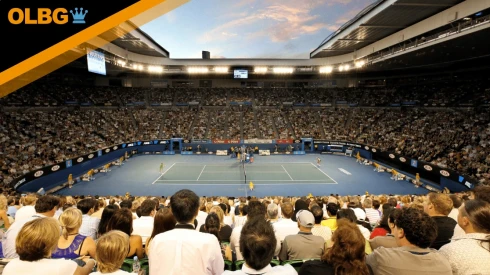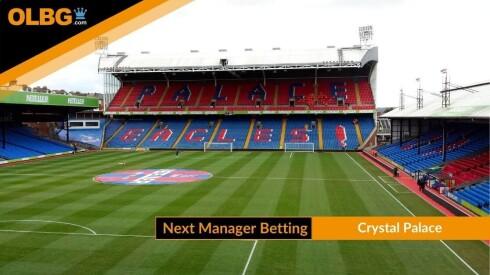Blogs
🎱 Masters Snooker Preview, Stats and Betting Guide

Rising star Wu Yize defeated the reigning champion, Shaun Murphy, to book his place in the quarter-finals of the 2026 Masters. Can the twenty-two-year old sensation win his second event of the season and take the Masters crown?

Australian Open Tennis Preview, Stats & Analysis
Check out the Australian Open Betting Guide with defending champions Sinner and Keys leading the charge. We analyse trends for your betting predictions.
Continue Reading 
Big Bash League Betting Preview & Statistics
Discover key insights for the upcoming Big Bash League. Analyse team statistics, past winners, and essential betting tips for an informed strategy.
Continue Reading 
Horse Racing Trainers to Follow in January
Horse racing trainer form by month, highlighting the yards that hit form around the same time each year for NH, Flat and all-weather horse racing.
Continue Reading 
🎤 Exclusive Interview with Lee Dixon
Lee Dixon discusses Arsenal’s title hopes, key players like Declan Rice, set-piece dominance, defensive comparisons, and squad depth challenges.
Continue Reading RECENT

Australian Open Tennis Betting Strategies & Statistics

European Men's Handball Championship Preview & Betting Guide

The Ashes Preview & Betting Guide

Timeform Novices Handicap Chase Preview, Tips, Runners & Trends (Festival Trials Day)





